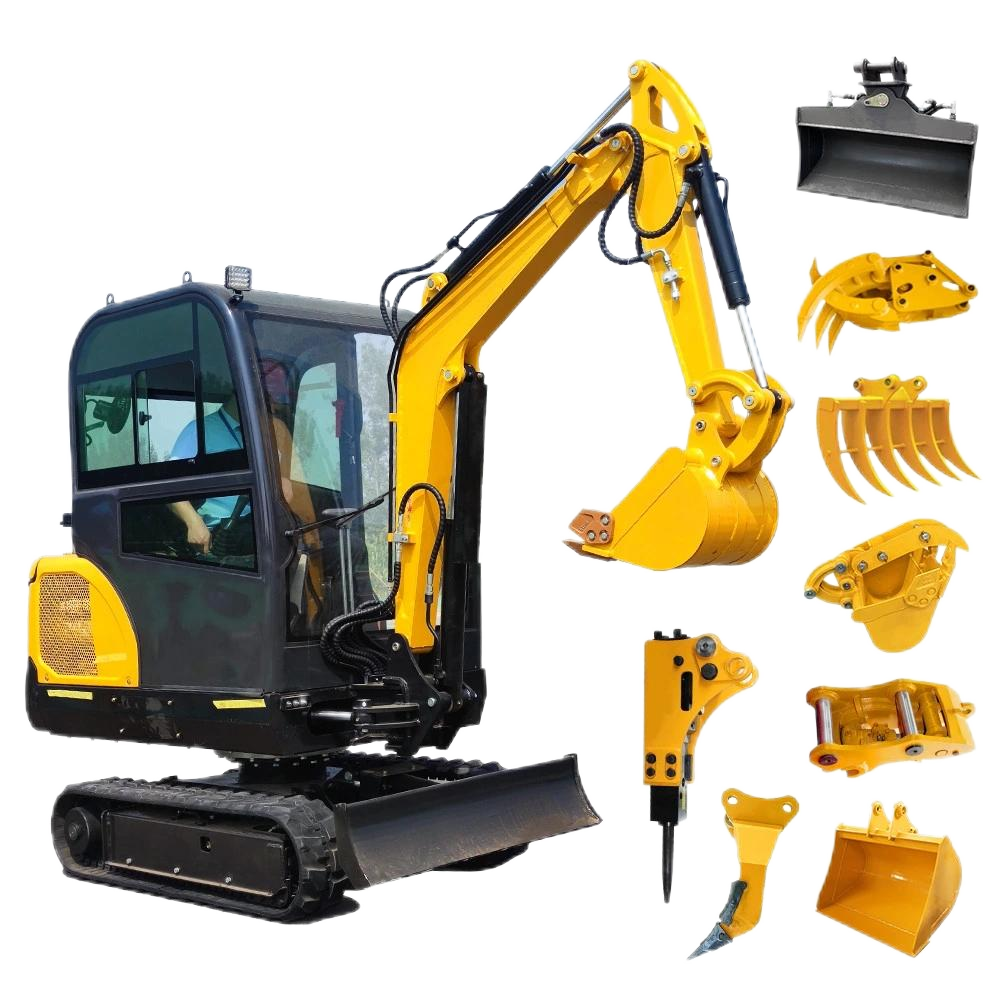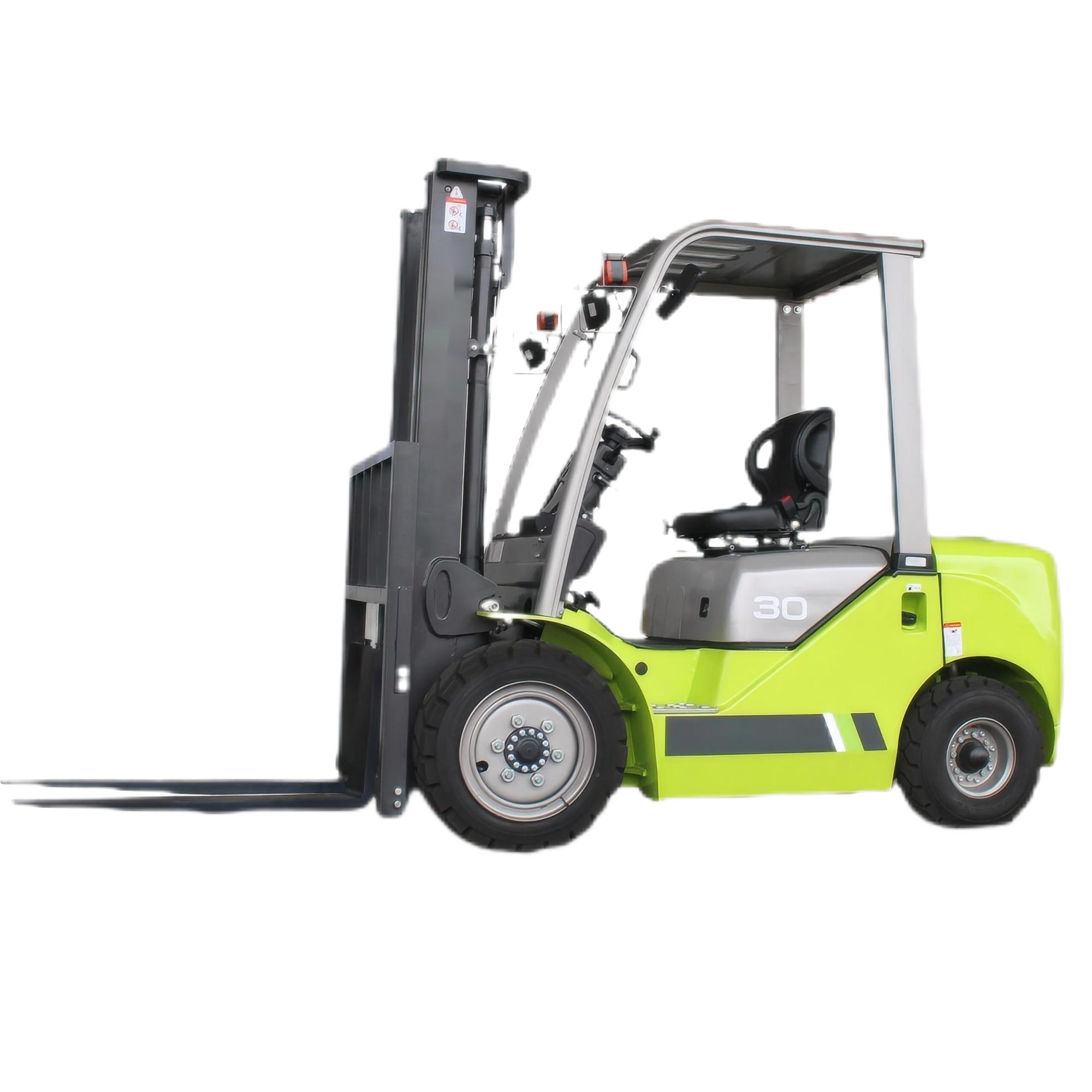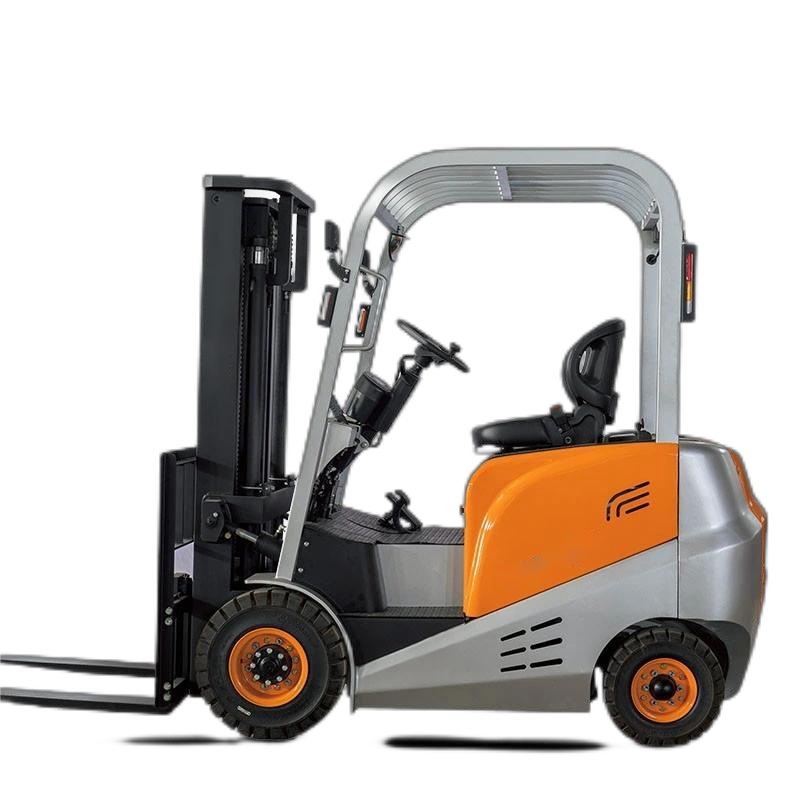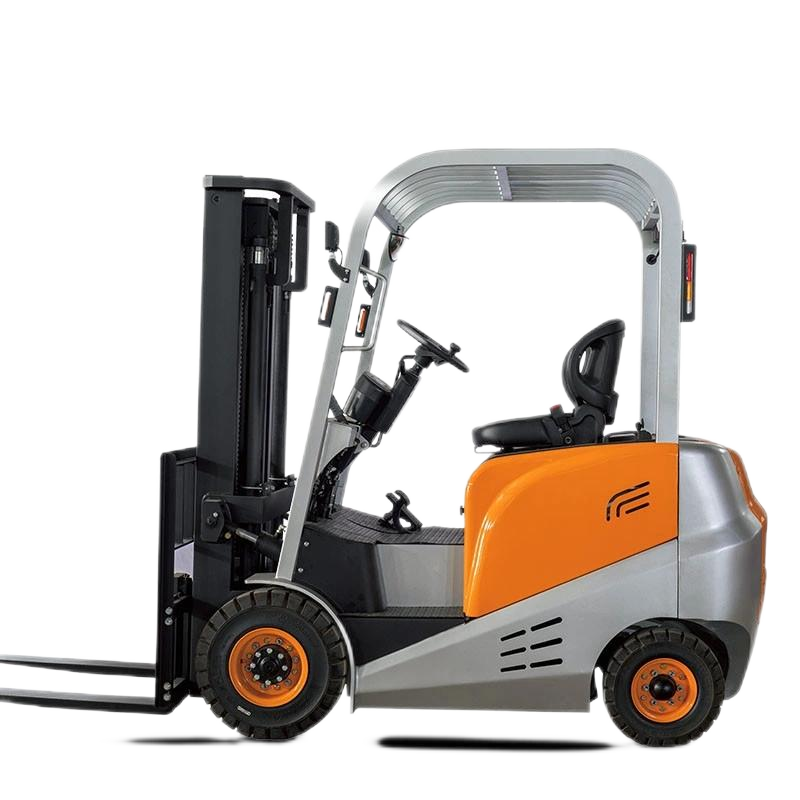
In municipal engineering, mini excavators are "star equipment". Their busy figures can often be seen in the streets and alleys of cities. For example, in the renovation projects of old residential areas, it is necessary to re-lay underground drainage pipes. The narrow roads in residential areas are often lined with private cars, leaving very limited construction space, making it impossible for large excavators to enter. However, with their compact bodies, mini excavators can flexibly shuttle between buildings, accurately dig trenches, and create conditions for pipe laying. In the repair of urban roads, when local damaged road surfaces need to be repaired, mini excavators can quickly reach the construction site, dismantle the damaged road surface, carry out base treatment, and efficiently complete small-scale earth and stone work, while minimizing the impact on surrounding traffic.
Mini excavators also shine in landscaping. In the past, the creation of garden landscapes, tree transplantation, and planting mostly relied on manual labor, which was not only inefficient but also difficult to guarantee construction quality. Today, mini excavators have changed this situation. In park expansion projects, a large number of tree pits need to be dug for planting new greenery. Mini excavators can quickly complete the digging of tree pits, and the depth and size can be precisely controlled, providing a good foundation for tree growth. When creating water systems in garden landscapes, mini excavators can dig the contours of ponds and streams to shape natural and smooth water features, greatly improving the construction efficiency and quality of garden landscapes.
In farmland transformation projects, mini excavators have also demonstrated unique advantages. The terrain of rural farmland is complex, with varying plot sizes, and many areas have narrow roads, making it difficult for large agricultural machinery to pass. Mini excavators can easily overcome these difficulties and shuttle freely in the farmland. For example, when digging irrigation channels in farmland, mini excavators can quickly dig appropriate ditches according to the terrain to ensure the smooth delivery of irrigation water. In land leveling operations, mini excavators can trim uneven land into a flat and neat surface, creating good conditions for crop planting and mechanized operations, and improving farmland production efficiency.
In indoor construction, mini excavators are irreplaceable. In the interior renovation projects of some large shopping malls, it is necessary to dismantle the original walls and floors and re-layout the space. Mini excavators can enter the internal floors of shopping malls via elevators to replace manual tools such as sledgehammers for dismantling work, which not only significantly improves efficiency but also reduces dust pollution and noise interference. In basement construction, due to the low space, large equipment cannot operate, but mini excavators can work flexibly to complete earth excavation and transportation, ensuring the smooth progress of indoor construction projects.
In the domestic market, with the acceleration of urbanization, the continuous increase in urban infrastructure construction, old residential area renovation, landscaping, and other projects has provided a broad application space for mini excavators. At the same time, the rise in labor costs and the increasing requirements for construction efficiency have prompted more and more enterprises and individuals to choose mini excavators to replace manual labor for small-scale earth and stone work. According to relevant data, the sales volume of China's mini excavator market has continued to grow in the past few years, maintaining a high annual growth rate. In some major cities such as Beijing, Shanghai, and Guangzhou, the ownership of mini excavators has been increasing, and they are widely used in municipal engineering, interior decoration, and other fields.
In the international market, mini excavators are also highly favored. In developed countries and regions such as Europe and Japan, due to the high degree of urban construction refinement, the demand for small construction machinery is relatively large, and the market share of mini excavators in these regions has been expanding year by year. In emerging markets such as India and Southeast Asia, with the vigorous promotion of infrastructure construction, the demand for mini excavators has also shown a rapid growth trend. Taking India as an example, it is expected that by 2030, its mini excavator market may exceed 5,000 units. Upgrades and diversified applications, low initial purchase costs, operation and maintenance costs, as well as strong rental demand, are all driving the development of India's mini excavator market.








